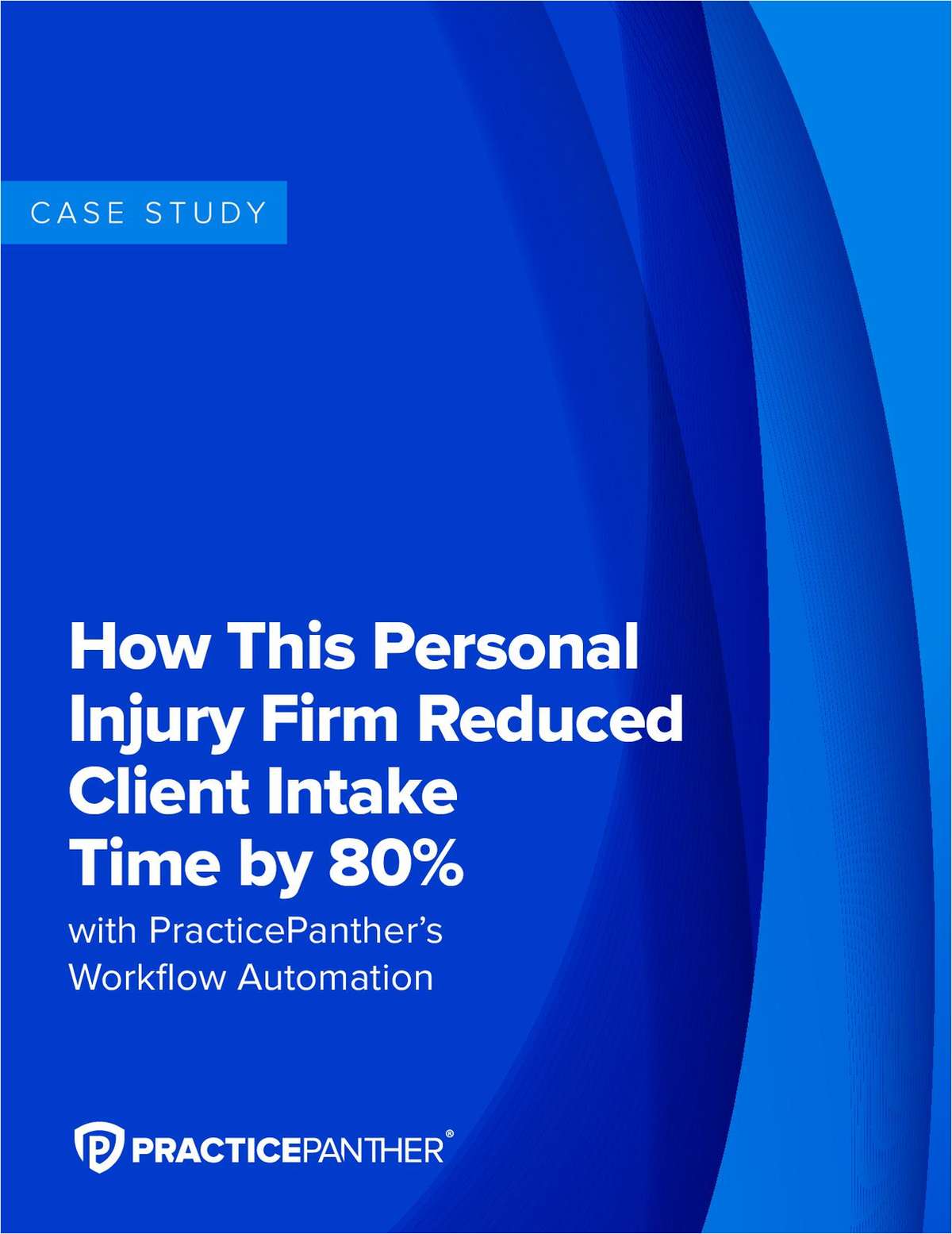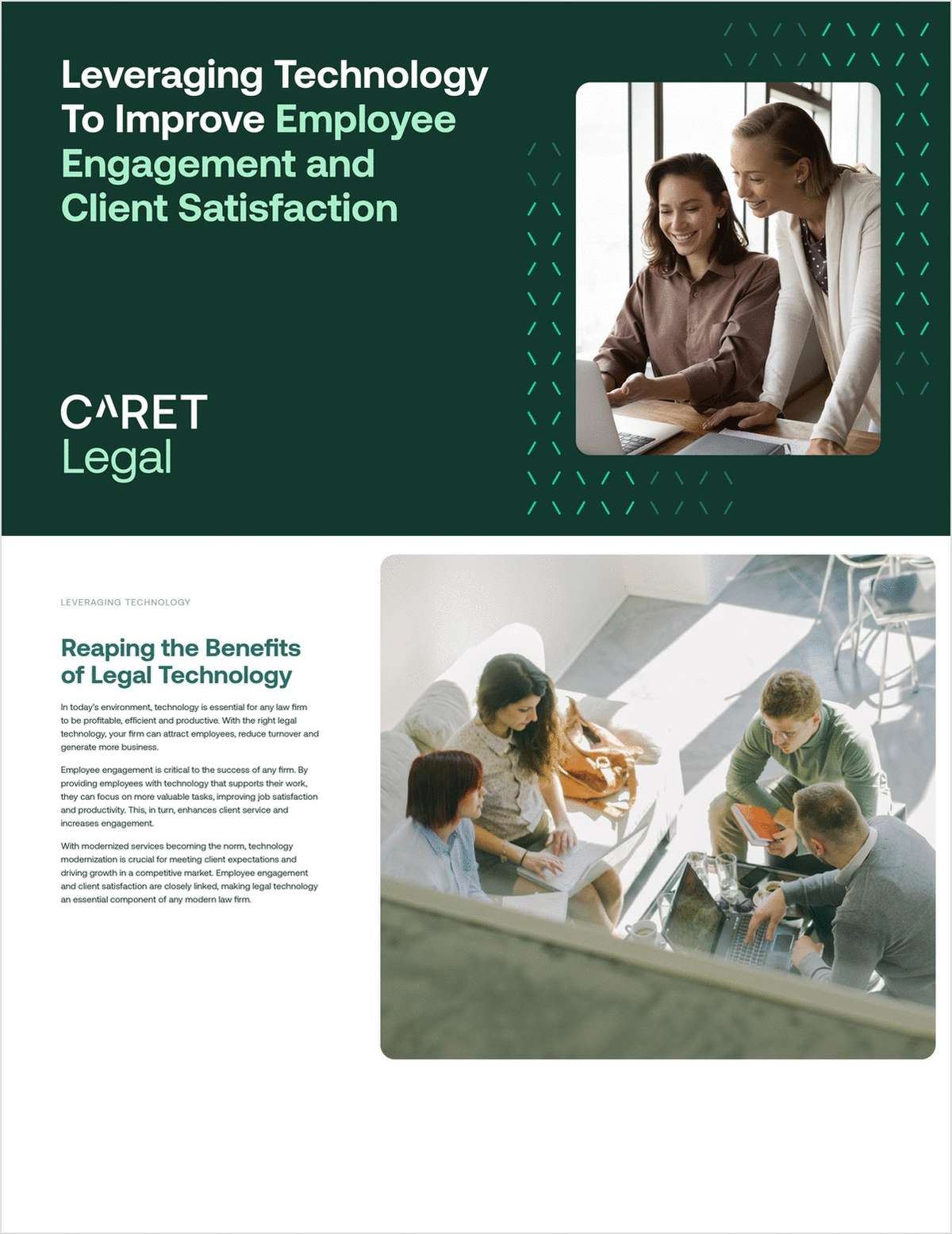 One of my favorite expressions tells us, "It doesn't have to be bad to be stressful." Think wedding, communion, bar mitzvah or any other event commemorating something special. Ultimately, the "big day" is concluded, and the stress dissipates. A deep sigh of relief replaces the butterflies, and normalcy and routine return.
One of my favorite expressions tells us, "It doesn't have to be bad to be stressful." Think wedding, communion, bar mitzvah or any other event commemorating something special. Ultimately, the "big day" is concluded, and the stress dissipates. A deep sigh of relief replaces the butterflies, and normalcy and routine return.
The opposite side of the coin – it is not something good or fun and it is incredibly stressful, sums up what the respective litigants in a medical malpractice lawsuit are experiencing. The patient, now known as "the plaintiff," has been injured and has sustained damages by virtue of something done by a doctor, a hospital, a nurse, another medical professional, or a long-term healthcare facility. The medical provider, currently "the defendant," did their utmost to provide good and acceptable medical care and, by virtue of the lawsuit, now faces financial and professional repercussions. (The majority of medical malpractices cases involve payment by an insurance carrier, although in rare cases the doctor is uninsured. Verdicts may surpass the totality of the insurance premiums.) The atmosphere of a court appearance can be tension provoking. Mediation is not. The parties may be participating in a more comfortable, relaxing setting such as their home, or the office of their lawyer or a mediation conference room where they are able to confer privately with their lawyer.
Medical malpractice litigation in the courthouse can take years to reach a conclusion. The discovery process is complicated and drawn out. The cases are expensive to prosecute and to defend. An expert medical witness must be called to the witness stand. This is necessary for the plaintiff to prove how the defendant departed from the standard of care and how said departure caused the damages that are the subject of the litigation. Conversely, the defense must proffer its own expert to negate the plaintiff's witness and to indicate that neither departure nor causation exists. The cost of a day or two of expert testimony can be astronomical. As the case progresses, the parties' anxiety increases.
A successful mediation obviates the necessity to "go to court." There is no need to impanel a jury and leave "fate" in the hands of six strangers. The fear of the unknown is totally removed from the equation. The fear of being a terrible witness on your own behalf no longer looms large.
A lengthy litigation (as most medical malpractice trials usually are) requires the parties to see one another on a, more or less, daily basis. The plaintiff is in court every day. The doctor appears for most, if not all, trial sessions. Frequently the defendant is unable to see patients for the duration of the trial and the practice suffers.
More often than not, the parties are known to one another by reason of their professional relationship. Being in the same room, listening to the same testimony, is awkward at best. A mediation is, more likely than not, "one and done," or possibly several sessions and finished. The forced interaction no longer exists. Both in-person and Zoom mediation provide a far more comfortable setting than those found in the courthouse. The courtroom benches are hard and uncomfortable and often the tension in the room is palpable.
Alternate Dispute Resolution by an experienced mediator takes the surprise, and much of the expense, away. The parties discuss the case with one another and with the mediator. Settlement figures are discussed with the mediator and conveyed to each side. The litigants are not subject to strenuous cross-examination. In particular, the defendant doctor is spared the minute scrutiny that takes place during a trial. No "dirty laundry" gets aired in mediation. In the courtroom, strangers are permitted to observe the trial. During a mediation, the issues are discussed calmly in a private setting.
The fear of the unknown, by persons unfamiliar with the court system should be, in your humble writer's opinion, sufficient reason to choose mediation. Closure, peace and serenity, and having some input in the outcome of the case, strengthen the argument to resolve the matter, pre-trial in the mediation setting. The mediator focuses on the case at hand. A judge may focus for a few minutes but ultimately, must move on to other pending matters.
Lawsuits, like other stressful situations, come to an end. "All's well that ends." How much better it is to be a participant in the ending and avoid as much stress as possible.
Hon. Marsha L. Steinhardt (Ret.) is a member of NAM (National Arbitration and Mediation)'s Hearing Officer Panel. She was formerly a justice of the Supreme Court for the state of New York for 26 years, where she presided over many case types, including personal injury, product liability, premises liability, and several matters involving complex commercial litigation.
For any questions or comments, please contact Dawn M. Lack / Vice President, Client Services, via email at [email protected] or at 646-737-1414 ext. 126.








